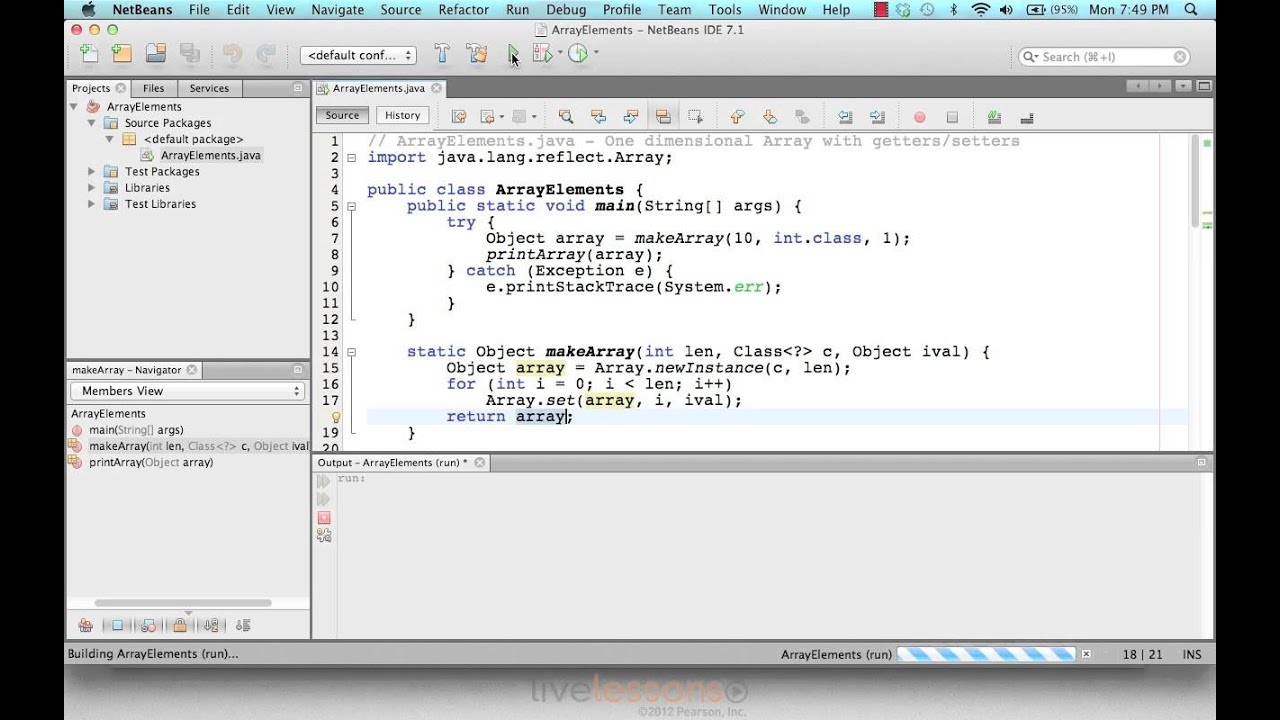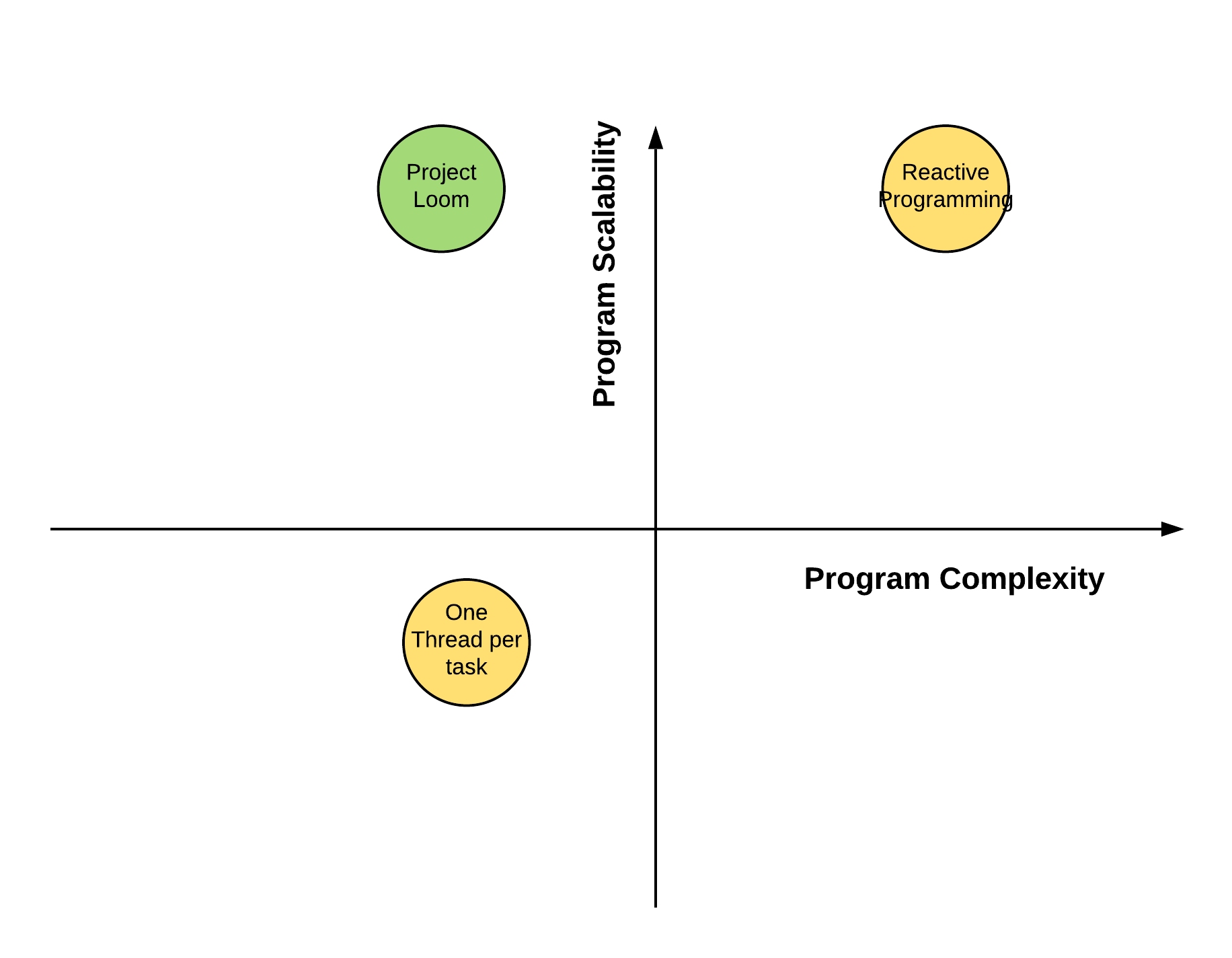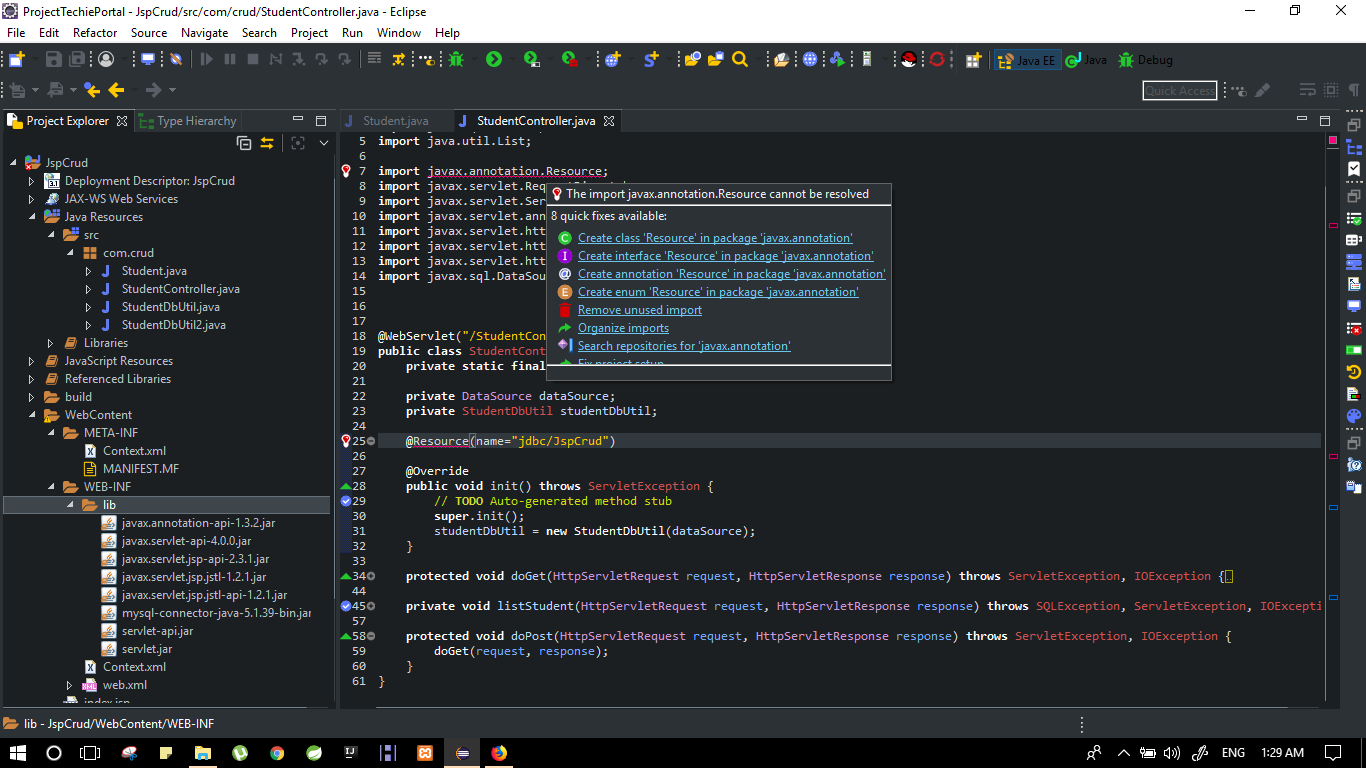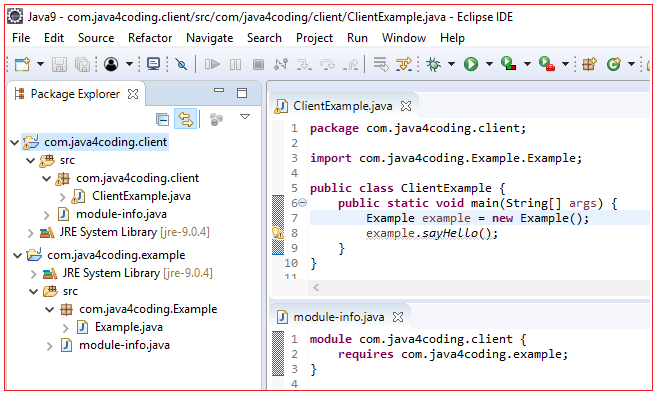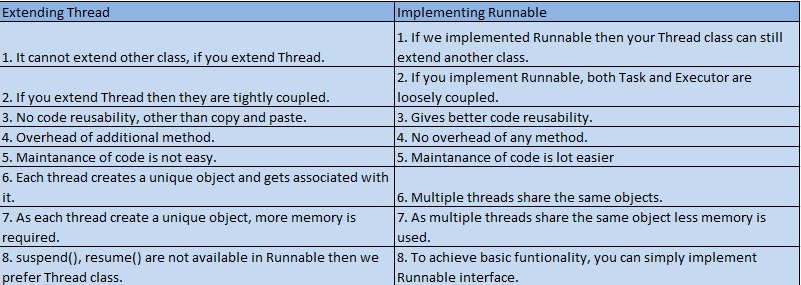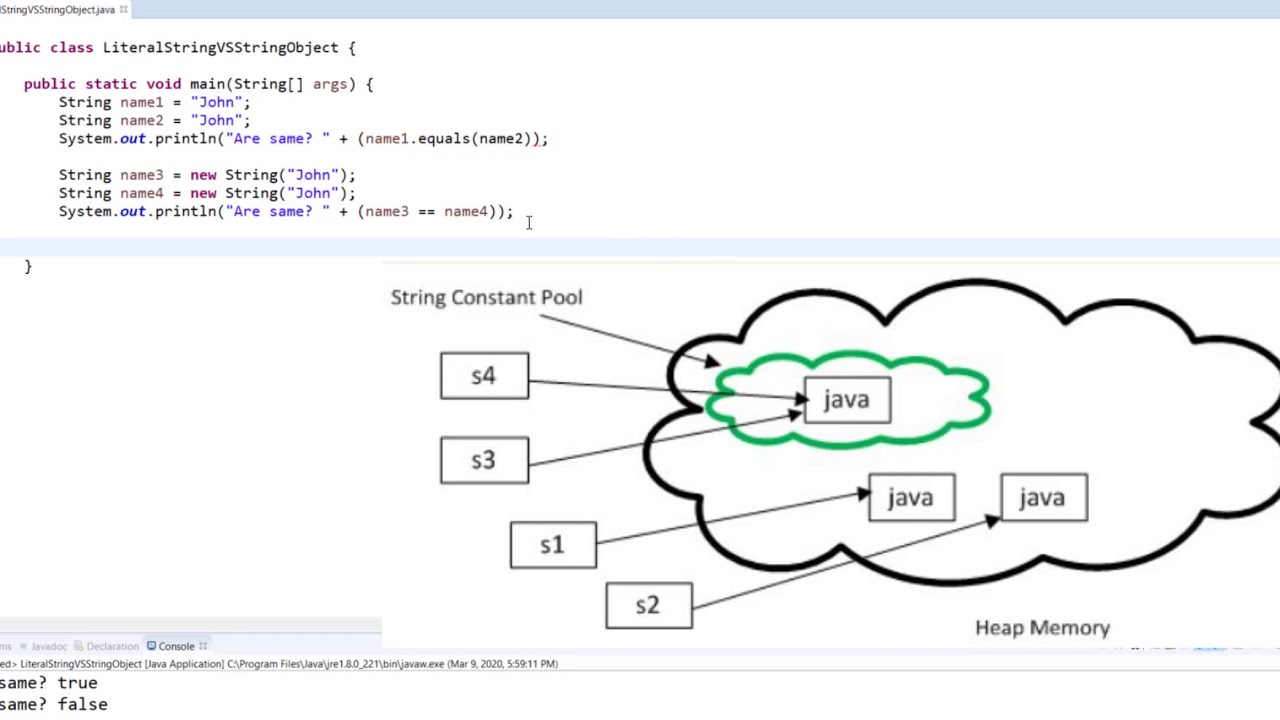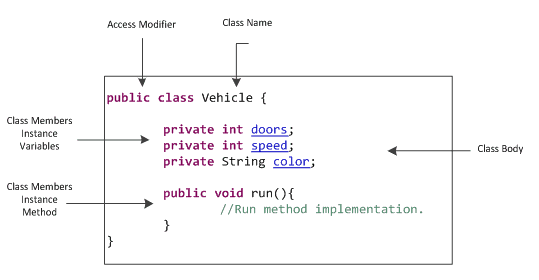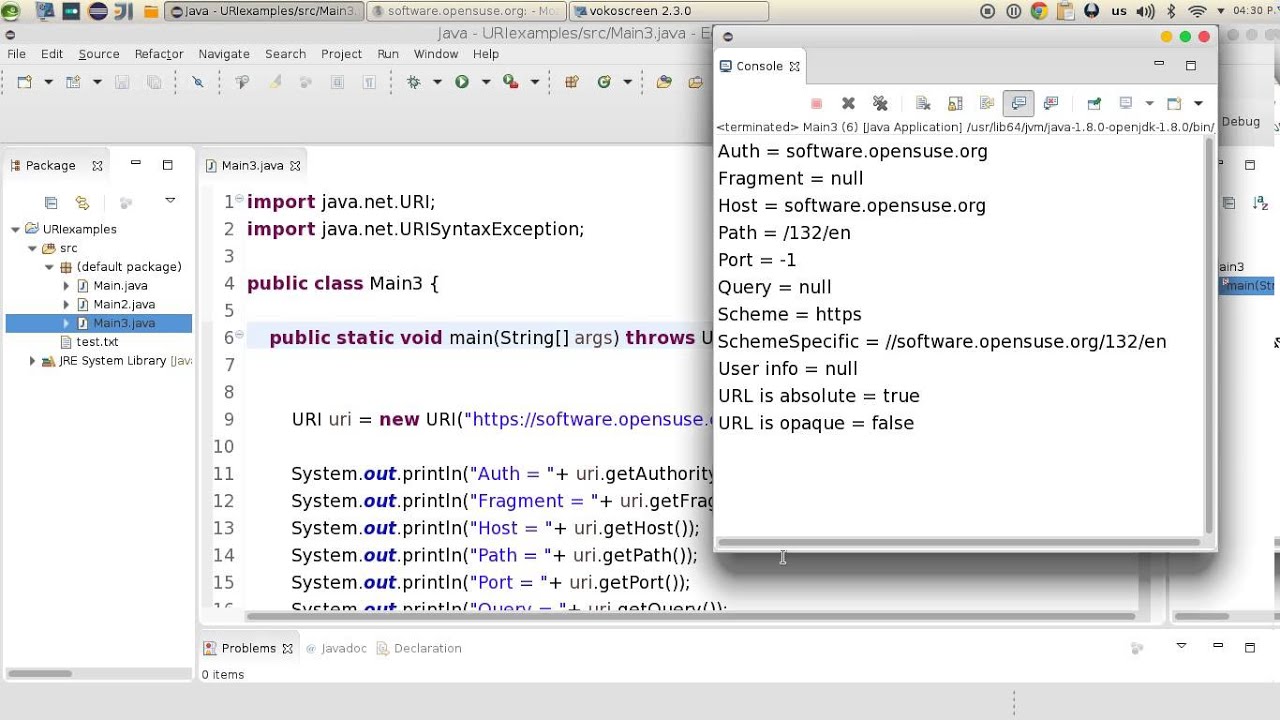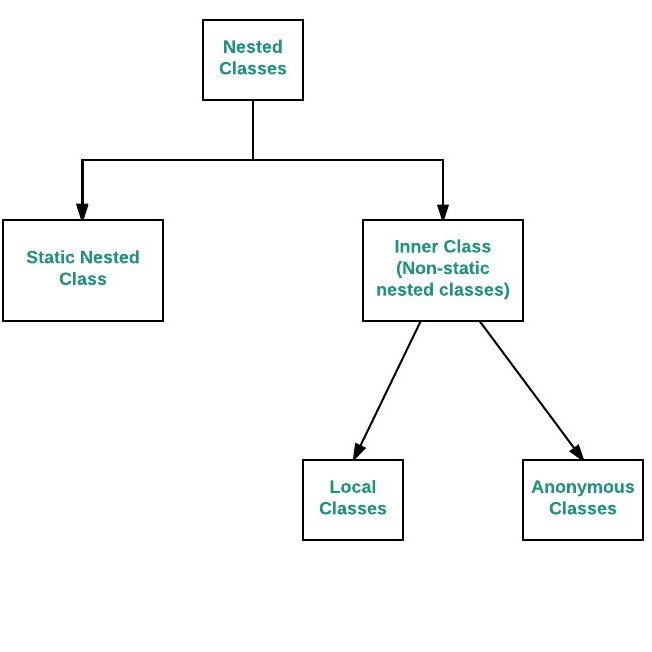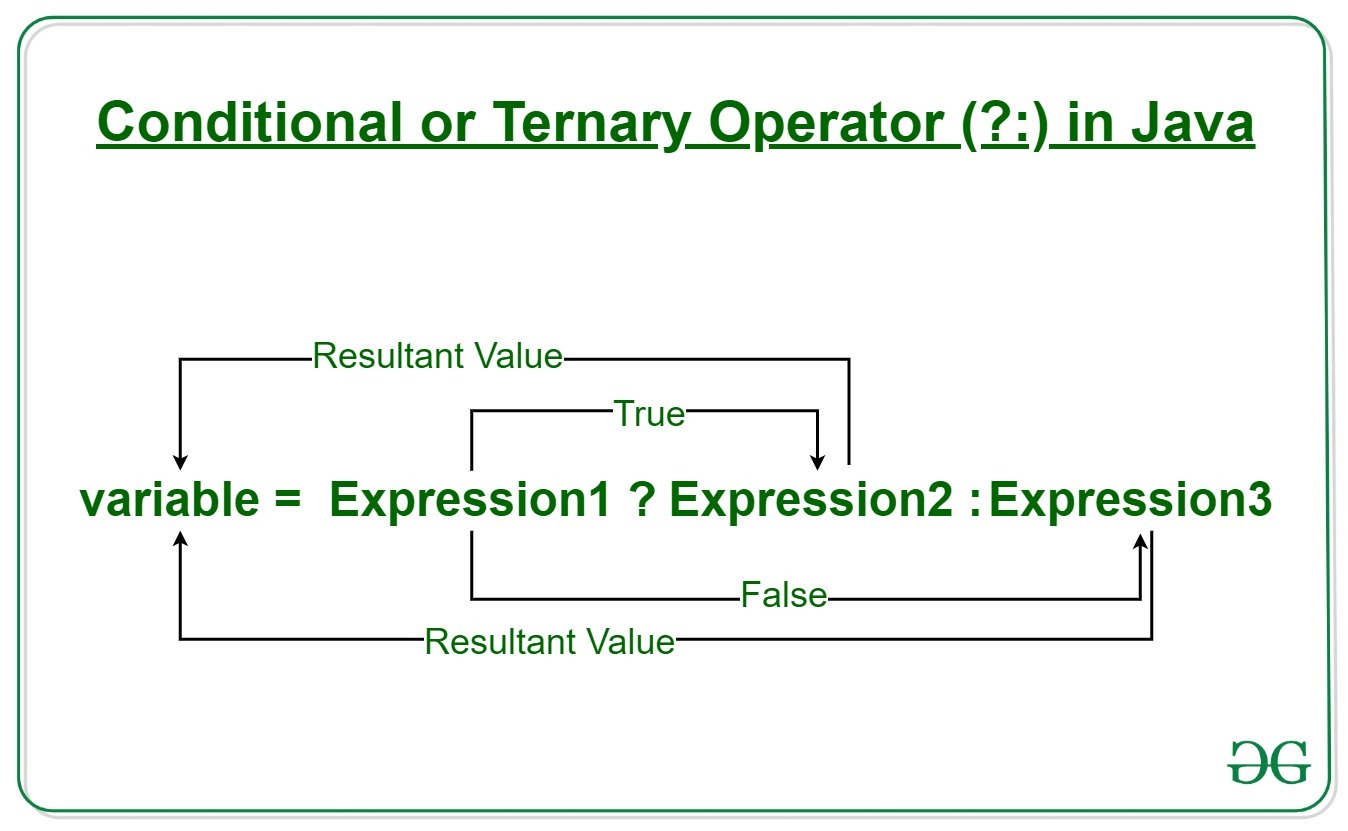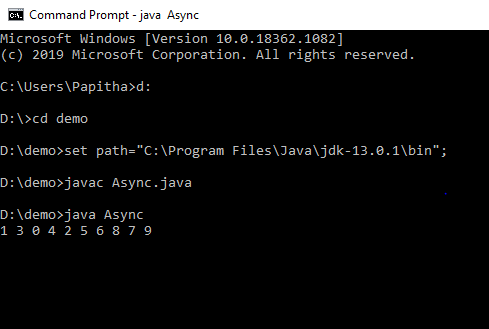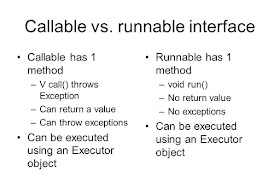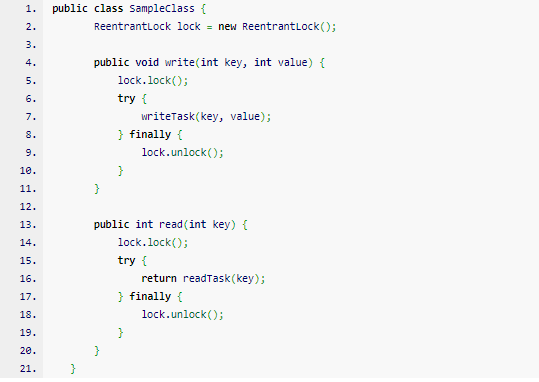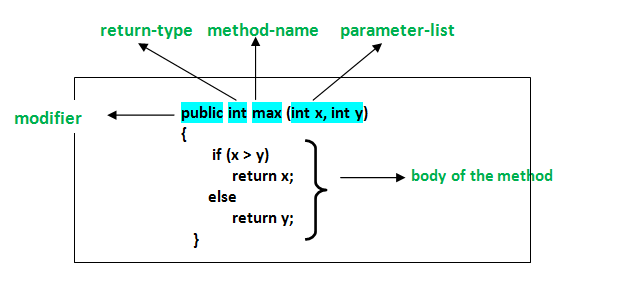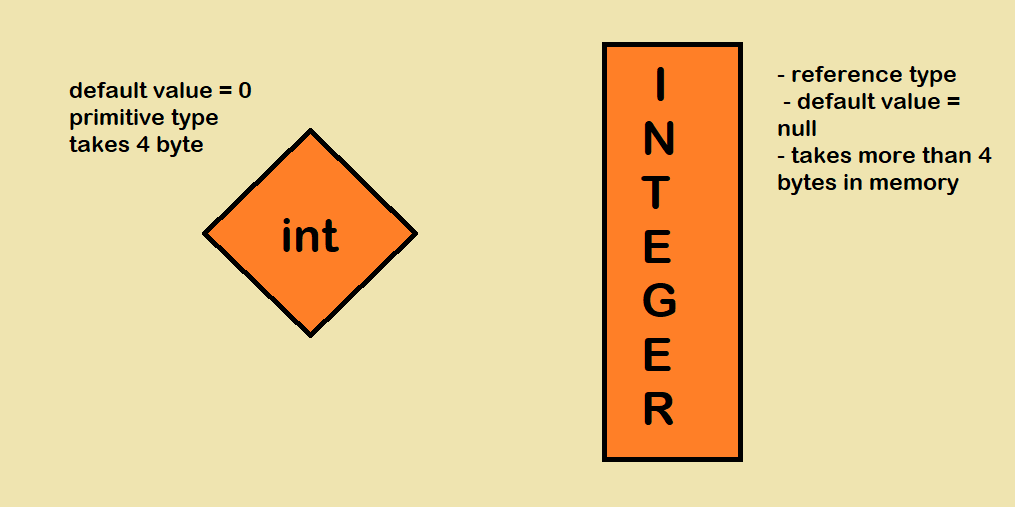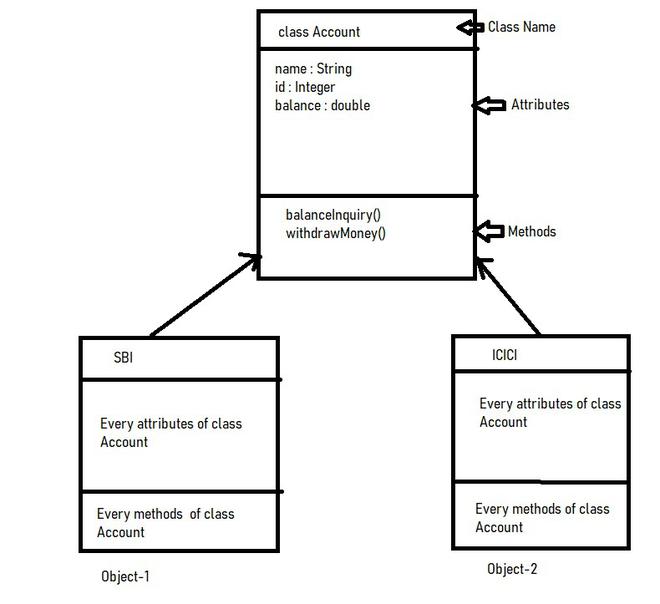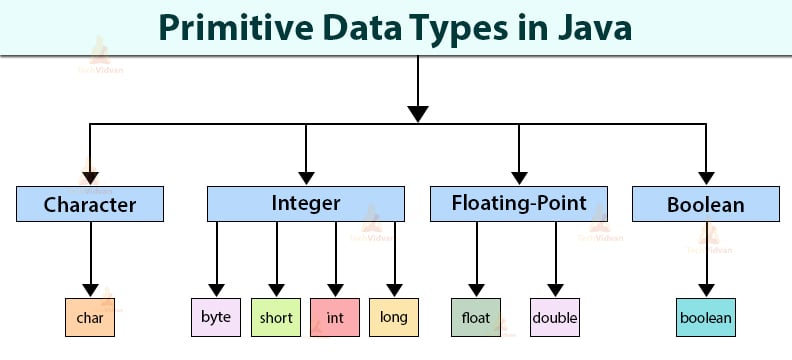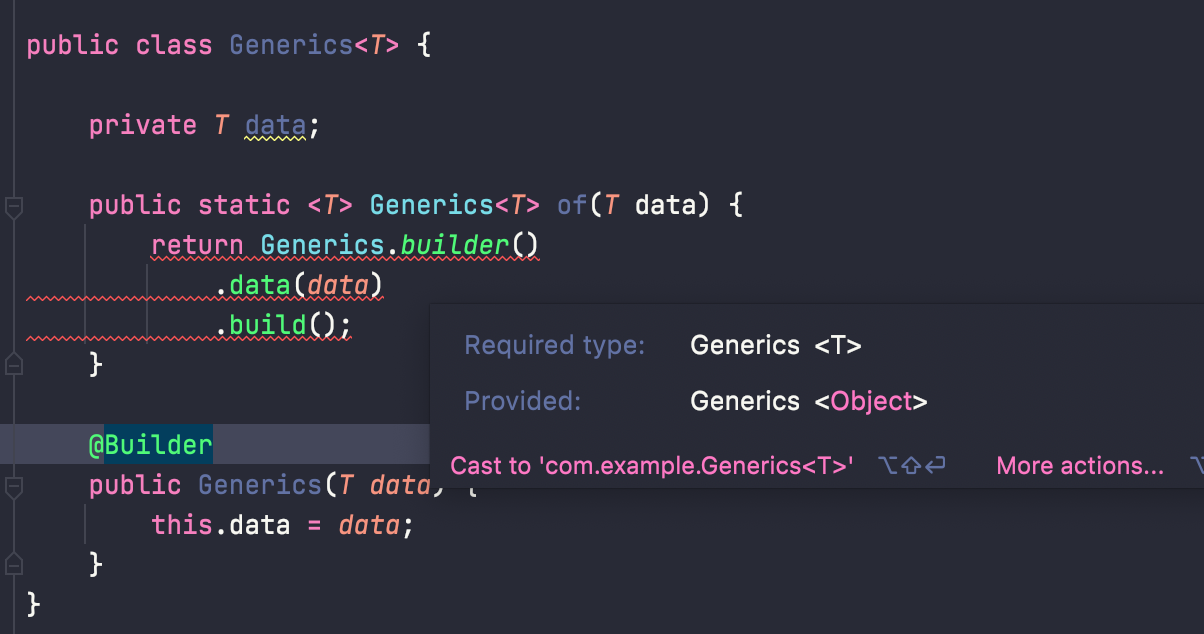How do you explain abstraction in Java?
How do you explain abstraction in Java?
Abstraction is a fundamental concept in object-oriented programming (OOP), and it plays a crucial role in the Java language. In simple terms, abstraction refers to the process of exposing only the necessary details of an object or class while hiding its internal workings.
In Java, abstraction allows developers to create classes that encapsulate their state and behavior, making them easier to understand, modify, and reuse. Here's how it works:
Encapsulation: Abstraction starts with encapsulation, which means bundling data (state) and methods (behavior) within a single unit, such as a class or object. This helps to hide the internal implementation details from other parts of the program. Abstract Classes: In Java, abstract classes are used to represent abstract concepts or interfaces that can't be instantiated directly. They serve as templates for creating objects that share common characteristics and behaviors. Methods: Methods within an abstract class or object define the behavior and actions that can be performed on them. These methods should be designed to hide the internal implementation details, making it easier to modify or extend the class without affecting other parts of the program. Access Modifiers: Java provides access modifiers (public, private, protected) to control how classes, methods, and variables are accessed from outside the class or package. This helps maintain data encapsulation and abstraction. Polymorphism: Abstraction also involves polymorphism, which is the ability of an object to take on multiple forms. In Java, this can be achieved through method overriding (redefining a method in a subclass) or method overloading (providing multiple methods with the same name but different parameter lists).To illustrate abstraction in Java, consider a simple example: a Bank Account class.
public abstract class BankAccount {
private double balance;
public abstract void deposit(double amount);
public abstract void withdraw(double amount);
public double getBalance() {
return balance;
}
}
In this example:
TheBankAccount class is an abstract class that defines two abstract methods (deposit() and withdraw()) and one concrete method (getBalance()). Subclasses, such as CheckingAccount or SavingsAccount, would implement the abstract methods to provide their specific behavior. The getBalance() method provides a way to access the account balance without revealing how it's calculated.
By using abstraction in Java, you can create classes that:
Hide internal implementation details Focus on exposing necessary functionality Make it easier to modify or extend classes without affecting other parts of the programIn summary, abstraction in Java is about creating classes that provide a public interface (methods) while hiding their internal workings (data and implementation). This helps maintain data encapsulation, promotes modularity, and makes your code more reusable and maintainable.
Java abstraction tutorial w3schools
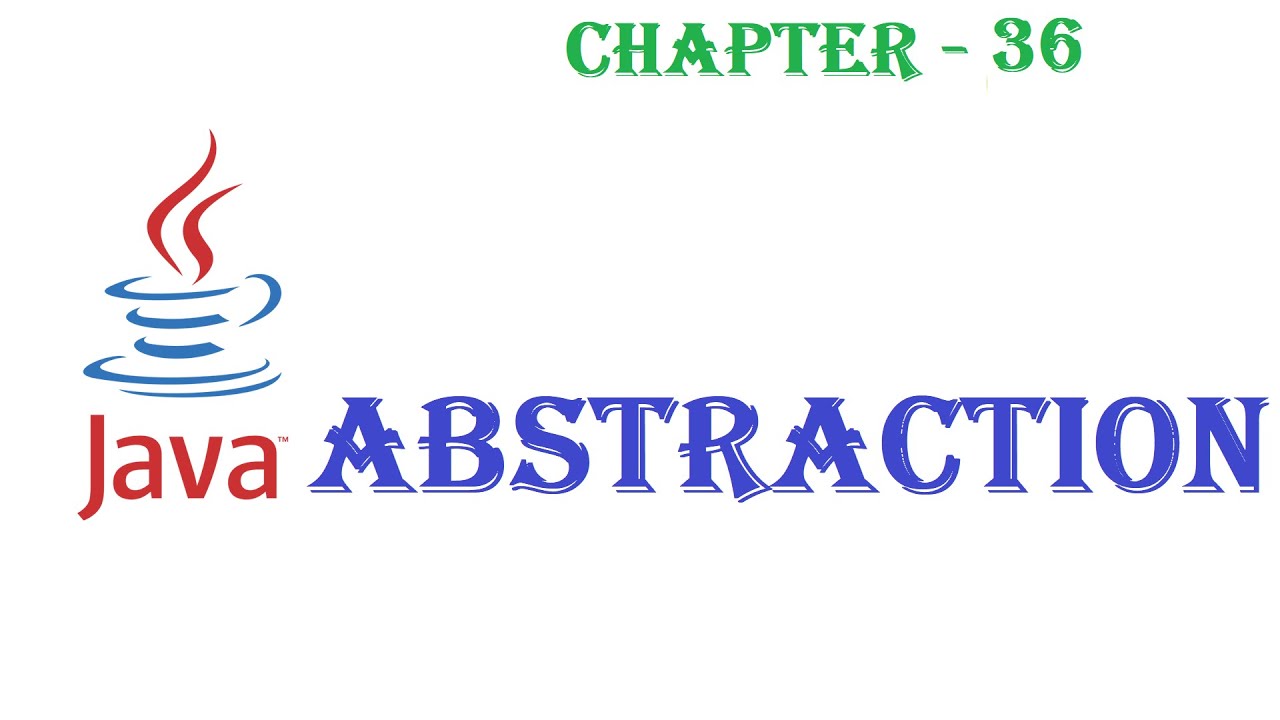
Here is a comprehensive guide to Java abstract classes and methods on W3Schools:

Java Abstract Classes
In Java, an abstract class is a class that cannot be instantiated and is meant to be inherited by other classes. It can have both abstract and concrete methods.
To declare an abstract class, you use the abstract keyword before the class name:
public abstract class Animal {

// ...
}
Abstract classes are often used as base classes for a group of related classes that share common attributes and methods.
Java Abstract Methods
An abstract method is a method declared in an abstract class that must be implemented by any non-abstract subclass. It does not have a body and can only be called from within the same class or its subclasses.
To declare an abstract method, you use the abstract keyword before the method name:
public abstract class Animal {
public abstract void sound();
}
Any non-abstract subclass of Animal must implement the sound() method.
Creating a Concrete Subclass
A concrete subclass is a subclass that provides implementations for all the abstract methods declared in its superclass. Here's an example of a concrete subclass:
public class Dog extends Animal {
public void sound() {
System.out.println("Woof!");
}
}
In this example, Dog is a concrete subclass of Animal. It implements the sound() method by printing "Woof!" to the console.
Using an Abstract Class
To use an abstract class, you create an instance of one of its concrete subclasses. Here's an example:
public class Main {
public static void main(String[] args) {
Animal myAnimal = new Dog();
myAnimal.sound(); // Output: Woof!
}
}
In this example, we create a Dog object and assign it to a variable of type Animal. We can then call the sound() method on that variable.
Benefits of Abstract Classes
Abstract classes provide several benefits:
Encapsulation: They encapsulate common attributes and methods for a group of related classes. Inheritance: They allow you to inherit behavior from a superclass. Polymorphism: They enable polymorphic behavior by providing multiple implementations of an interface.Conclusion
Java abstract classes and methods are powerful tools that can help you create more flexible and reusable code. By using abstract classes, you can encapsulate common attributes and methods for a group of related classes, and provide a way to inherit behavior from a superclass.
I hope this tutorial has helped you understand how to use Java abstract classes and methods. If you have any questions or need further clarification, feel free to ask!
